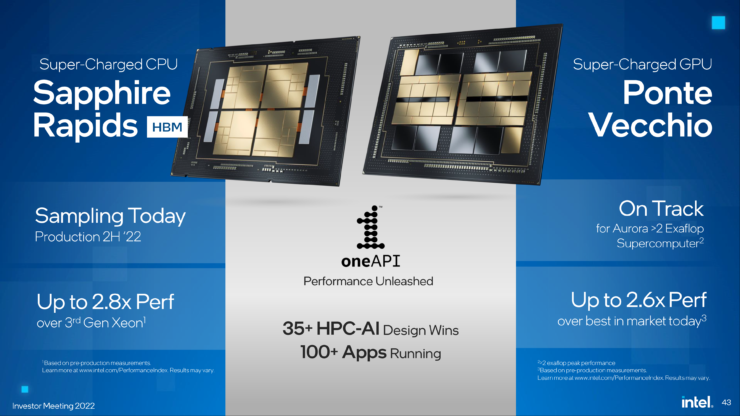desrever
Senior member
- Nov 6, 2021
- 322
- 797
- 136
Seems like Intel will be doing in 2 years what AMD is doing now. Intel won't have an IO die implementation until 2024. AMD will have dense x86 server market for at least a year before intel's e core only server cpus come out. By that time, it could be Zen 5c that intel has to compete with.
All of that is if Intel even delivers on the roadmap. I have doubts that they will even hit 2024 launch for Intel 3 server parts since "new core" and "new process" seems like a renaming of the successor to me. Shelving the old Granite rapid and launching a successor a year later reeks of desperation and the pressure to execute that is going to be huge, usually when companies tries to cram too much into 1 generation in engineering, they end up with something that doesn't work at all.
All of that is if Intel even delivers on the roadmap. I have doubts that they will even hit 2024 launch for Intel 3 server parts since "new core" and "new process" seems like a renaming of the successor to me. Shelving the old Granite rapid and launching a successor a year later reeks of desperation and the pressure to execute that is going to be huge, usually when companies tries to cram too much into 1 generation in engineering, they end up with something that doesn't work at all.






